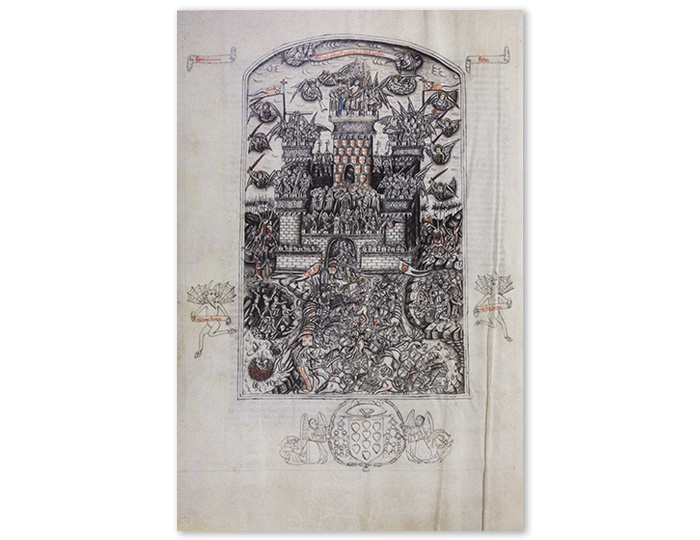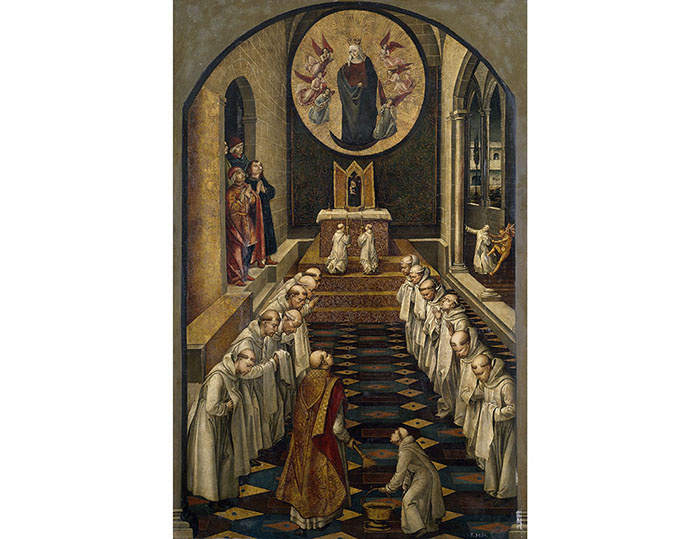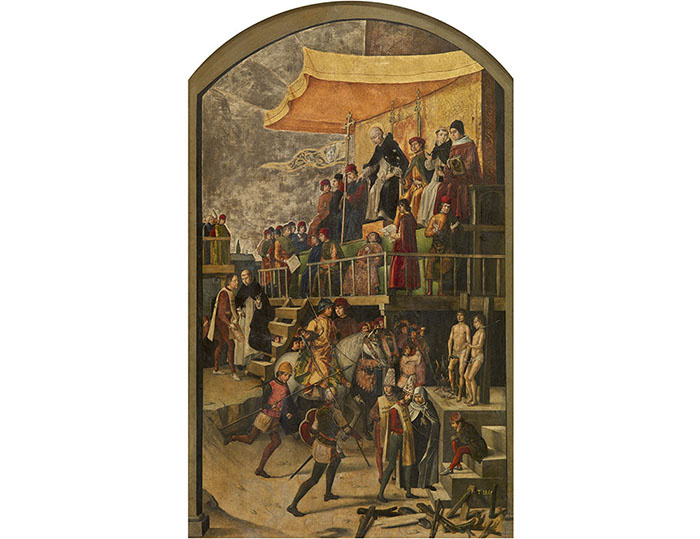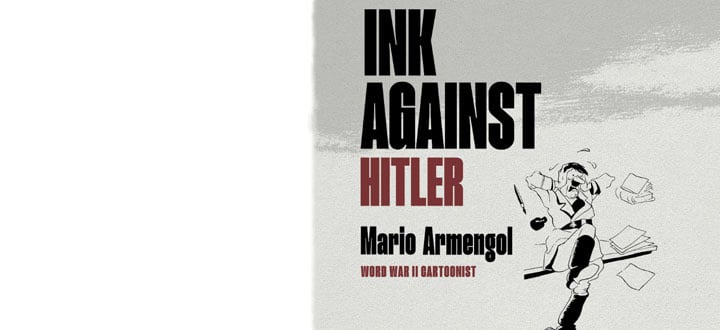Inquisitional Settings
During the 15th century animosity towards conversos grew and eventually led to the establishment of the Inquisition (1478). Specific to the kingdoms of Spain, this institution was founded to persecute new Christians suspected of Judaising. Religious suspicions were joined in 1449—the date the first statutes on purity of blood were enacted in Toledo—by racial prejudice: the idea that conversos were corrupt because their blood was impure. Religious images once again played a prominent role in this atmosphere of persecution and suspicion. Accusations of their desecration became one of the most common arguments levelled against people prosecuted for Judaising heresy. Images were also the means of designing rhetorical programmes justifying and glorifying the Inquisition’s repressive agenda. Lastly, the creation of an iconography that stigmatised Judaising conversos paved the way for a new and shameful visual otherness. This intense production process reached its peak around 1492, when the expulsion of the Jews was decreed.
Fortalitium fidei
The Franciscan Alonso de Espina, confessor to King Henry IV, wrote Fortaleza de la fe (‘Fortress of Faith’, c. 1460) from sermons he had preached in Castile. The result was one of the most violent pieces of literature directed against Jews and conversos. From a position of utmost religious intolerance, the work fiercely defends the Christian faith against its doctrinal enemies: heretics, Jews, Saracens and demons. The manuscript from El Burgo de Osma on display here is the oldest surviving version and was commissioned by Bishop Pedro de Montoya. Given its instant success, the text was translated into several vernacular languages and presented in luxurious copies, some with high-quality miniatures made in Flanders, as well as in printed editions distributed throughout Europe.

“Jews attacking the Fortress of Faith” in Alonso Espina, Fortalicitium fideí, c. 1464
Illuminated parchment, 365 x 276 mm.
El Burgo de Osma (Soria) Catedral de la Asunción de Nuestra Señora, Biblioteca y Archivo Capitular, ms. 154, fol. 10v. Photo Daniel Salvador
Tomás de Torquemada, Pedro Berruguete and the Staging of the Inquisition
Tomás de Torquemada, the inquisitor general of Castile, converted the Dominican friary of Santo Tomás in Ávila into one of the main headquarters of the Inquisition. For this purpose he enlisted the services of Pedro Berruguete, one of the most famous painters of the time, who executed various works between approximately 1491 and 1499 as part of a rhetorical project to decorate the friary’s church. Notable among them are the three altarpieces in the chancel —dedicated to Saint Thomas Aquinas (still in place), Saint Dominic and Saint Peter Martyr— and smaller compositions such as the Auto-da-fe.
Their inquisitorial interpretation was reinforced by the hundreds of sanbenitos (penitential garments worn by condemned heretics), convictions and other shameful signs of the condemned displayed on the walls.

Pedro Berruguete, Altarpiece of Saint Dominic c. 1491-99
Oil on panel. .Central panel: Saint Dominic, 177 x 90 cm; side panels. Saint Dominic and the Albensians, 122 x 83 cm; Saint Dominic resurrects a Boy, 122 x 83 cm; Apparition of the Virgin to a Community of Dominicans, 130 x 86 cm
Madrid Museo Nacional del Prado, P-615. Photos José Baztán and Alberto Otero
The Holy child of La Guardia
The case of the Holy Child of La Guardia is one of many anti-Jewish ritual crime libels that occurred throughout Europe during the Middle Ages. Amid a climate of heightened tension following the murder of the inquisitor Pedro de Arbués and intense inquisitional activity, in 1490 a group of Jews and conversos were accused of abducting a boy in Toledo and subjecting him to the tortures suffered by Christ during the Passion. They were tried at a highly publicised auto-da-fe in Ávila shortly afterwards. The case is a characteristically Spanish variant of the accusation of ritual infanticide as it incriminates not only Jews but also converts.

Pedro Berruguete, Saint Dominic presiding over an Auto-da-fe, c. 1491-99
Oil on panel, 154 x 92 cm Madrid, Museo Nacional del Prado P-618. Photos José Baztán and Alberto Otero










